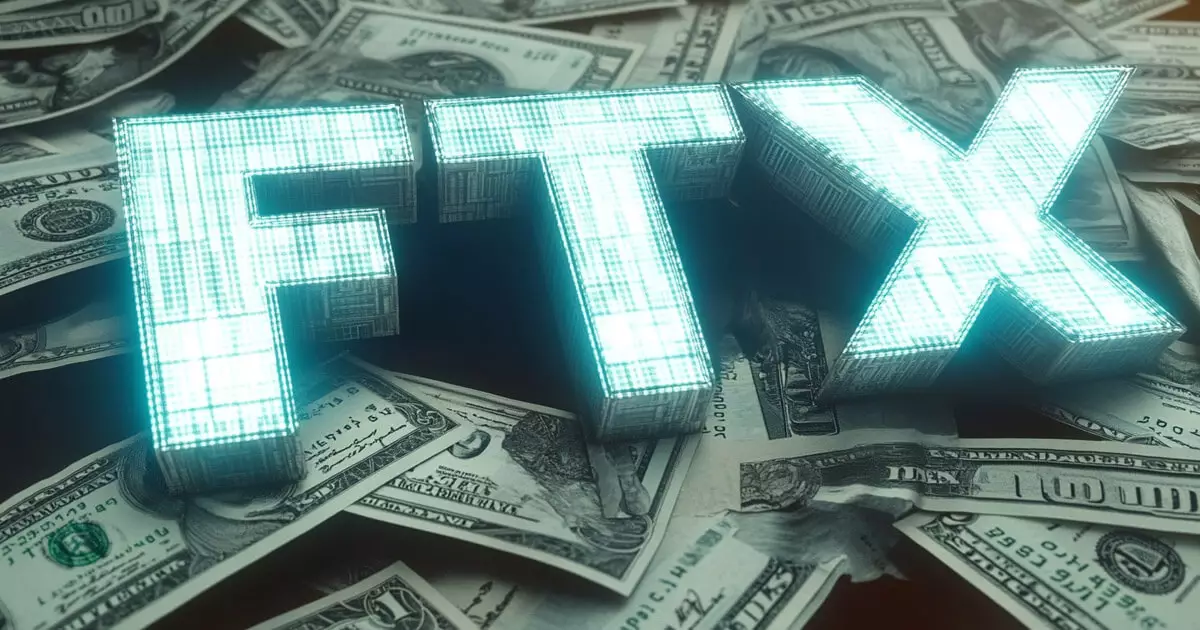The unfolding story of FTX, once a titan in the cryptocurrency exchange market, is both a cautionary tale and an ongoing saga of recovery. As the company embarks on the distribution of funds to small creditors, scheduled for February 18, significant implications arise not just for affected individuals but also for the broader cryptocurrency landscape. This article delves into the repercussions and details surrounding FTX’s bankruptcy procedures, the implications for creditors, and the continuing struggles faced by larger investors.
The announcement concerning the distribution of funds to creditors classified under the Convenience Class is a noteworthy moment in FTX’s tumultuous journey through bankruptcy. Creditors with claims amounting to $50,000 or less are expected to receive full reimbursements, coupled with an appealing 9% post-petition interest rate. This decision to prioritize smaller creditors signifies a level of responsibility and acknowledgement towards those who might have faced devastating losses.
However, the distribution to small creditors, while commendable, marks only a fraction of a larger, complex situation. The funds are set to be transferred to verified BitGo accounts linked to claimant email addresses, affirming the importance of security and proper verification in these transactions. Claimants must also confirm their account information through the FTX Digital Claim Portal, highlighting the increasing emphasis on ensuring due diligence amidst financial recoveries. Nonetheless, the simplicity of administering payments to a specific class of creditors may stand in stark contrast to the complications that remain for larger investors.
While small creditors stand to benefit from a structured and timely payout soon, larger claims are ensnared in a labyrinth of legal proceedings and negotiations. Many institutional investors and venture capitals with vested interests in FTX are still awaiting resolutions to their considerable stakes. The fate of these larger claims will not merely be determined by straightforward calculations but will hinge upon ongoing asset recovery efforts and legal disputes regarding the exchange’s precarious past.
FTX’s new management, spearheaded by CEO John J. Ray III, faces the substantial task of unraveling the financial tangle left by the exchange’s previous leadership and their controversial practices. Legal actions against former executives and third parties implicated in the mismanagement of funds add layers of complexity to the recovery process. In this light, the resounding successes for small creditors serve as a stark reminder of the gaps that remain for larger stakeholders in a scenario marked by uncertainty.
FTX’s collapse reverberated throughout the cryptocurrency industry, resulting in a broader reevaluation of risk and governance among crypto platforms. The stark reality that an exchange previously valued at $32 billion could disintegrate within a matter of days has profound implications on investor trust. This disruption in confidence continues to challenge the overall crypto space, as potential investors now exercise heightened scrutiny over how assets are managed within these platforms.
The ramifications of the scandal extend beyond the jurisdiction of individual claims; they signal the demand for regulatory reforms aimed at avoiding similar calamities in the future. As authorities navigate the ongoing fallout from the FTX case, the necessity for clearer regulations regarding asset protection, transparency, and accountability in cryptocurrency platforms is increasingly evident.
As FTX prepares to distribute funds to its small creditors, it marks a bittersweet milestone amidst ongoing trials. The road to recovery, while promising for some, remains laden with challenges, particularly for larger stakeholders still awaiting clarity in a confusing landscape marked by legalities and financial recuperation. The case of FTX serves not only as a backdrop for individual recovery stories but also as a crucible through which the cryptocurrency industry may learn and evolve, paving the way for more stringent standards and protections in the future. The resolution of this saga remains to be seen, but it is undoubtedly a defining moment in the history of digital finance.

